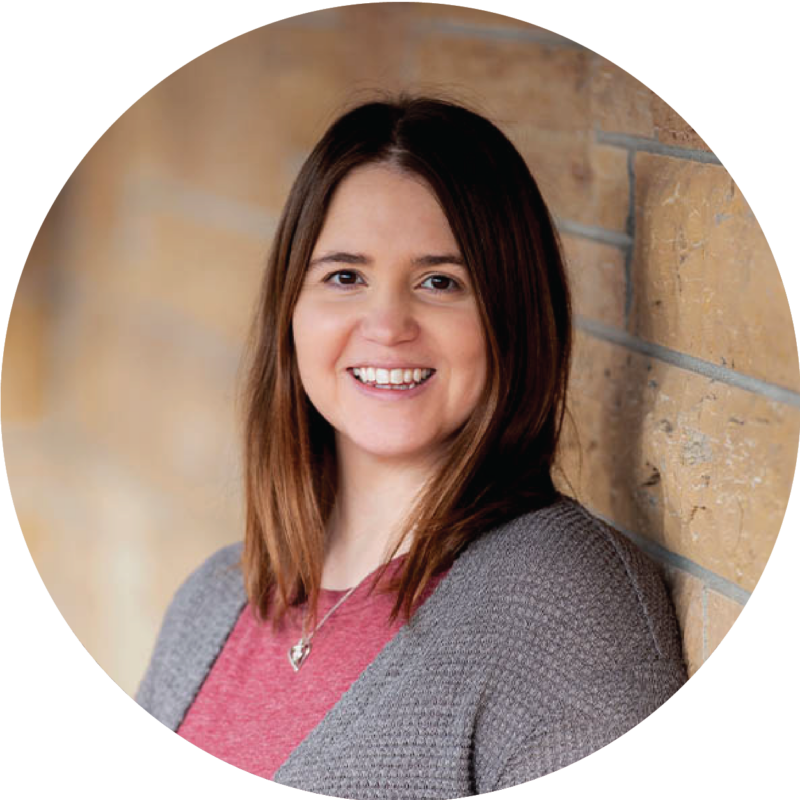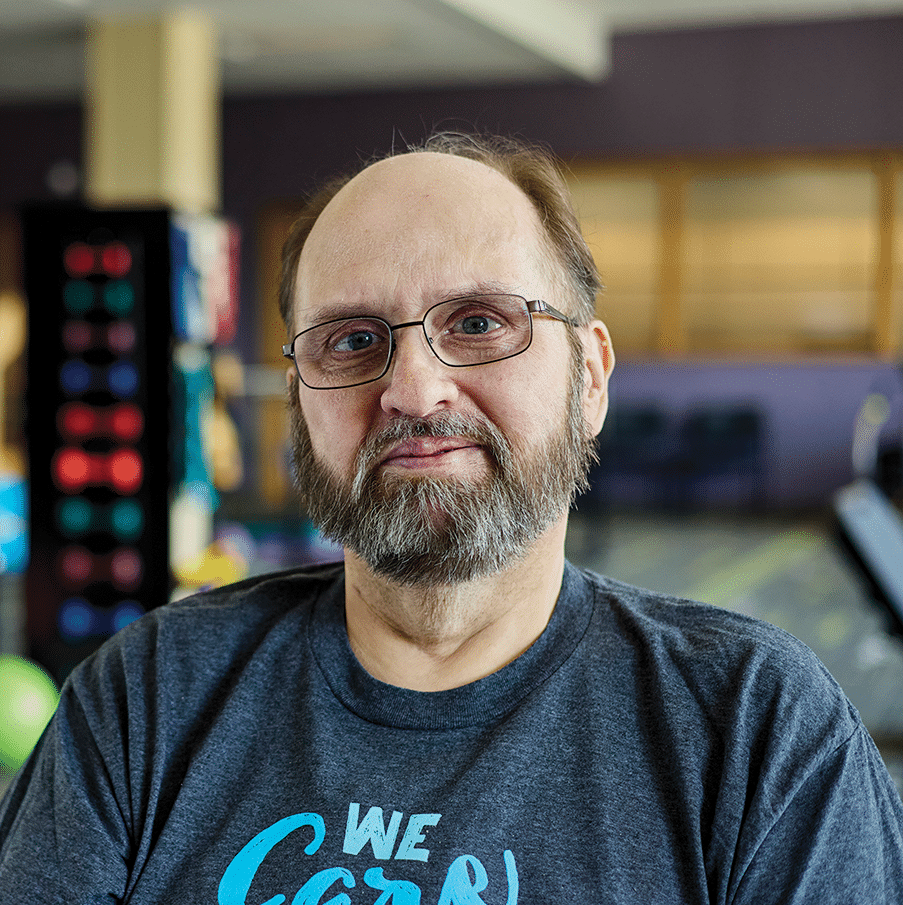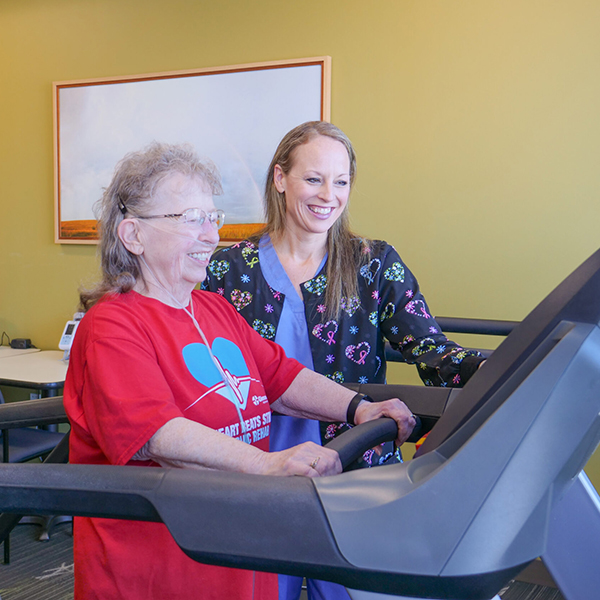Therapy helps people with neurological problems to reduce symptoms, increase function, and improve quality of life.
A neurological disorder is any disease or condition that affects the central or peripheral nervous system. There are more than 600 diseases or conditions that can affect the nervous system, including:
- Alzheimer’s disease and other forms of dementia
- Amyotrophic lateral sclerosis (ALS), also known as Lou Gehrig’s disease
- Brain aneurysm
- Epilepsy
- Fibromyalgia
- Headaches
- Multiple sclerosis
- Muscular dystrophy
- Parkinson’s disease
- Polyneuropathy
- Post-concussion syndrome
- Spinal cord injury
- Stroke
- Traumatic brain injury (TBI)
What are the signs and symptoms of neurologic disorders?
Abnormalities in the nervous system, whether caused by inherited diseases, cardiovascular events or injuries, can result in a wide range of symptoms, such as confusion and other types of cognitive difficulty, dizziness, loss of coordination, muscle weakness, numbness, mood changes, seizures, pain with a burning or prickling quality, paralysis, shakiness or tremors, sleep disturbances, and vertigo.
Who can you see for diagnosis and treatment?
At Glencoe Regional Health, providers in our family medicine, internal medicine, and neurology departments can provide diagnosis and treatment for neurological conditions or refer you to another medical professional as your condition requires. Depending on your specific diagnosis, there may be a range of treatment approaches available, as well as services that can help you adapt to living with a neurological condition.
How can therapy help?
Your medical provider will refer you for the types of therapy that are appropriate to your condition. These may include physical therapy, occupational therapy, or speech-language pathology. The goals for your course of therapy will depend on your symptoms and diagnosis. Common goals include:
- Improving your balance and ability to walk
- Improving leg strength
- Improving arm and hand strength
- Improving fine motor control and dexterity of fingers
- Improving short-term and long-term memory and cognitive processing
- Improving your coordination when swallowing
- Improving your ability to speak and comprehend speech
What can you expect during evaluation and treatment?
At the first visit, your therapist will perform a thorough evaluation to assess how your nerves, muscles, and skeleton function together and better understand how your neurological condition affects your ability to perform daily tasks and activities. Next, your therapist will create an individualized treatment plan. He or she will discuss the treatment plan with you, including the number of treatment sessions and activities that will be included in future therapy sessions to reach your treatment goals.
Therapists use a number of different approaches to treat neurological conditions:
- Neuromuscular re-education is used to improve muscle control, balance and how your body moves.
- Therapeutic exercise involves stretching, strengthening and home exercise programs.
- Electrical stimulation may be used to improve muscle activation and function.
- A variety of approaches are used to improve cognitive processing and memory.
- For patients with Parkinson’s disease, therapy programs called LSVT BIG and LSVT LOUD may be used to improve range of motion, balance, and quality of speech.
- For patients recovering from a traumatic brain injury, concussion and stroke, treatment with the Dynavision D2 may be used to address deficits in hand-eye coordination, attention, peripheral awareness, reaction time, cognitive processing time, and vestibular function.
Which therapists provide treatment for neurological conditions?
The therapists shown below provide care for neurological conditions. For patients with Parkinson’s disease, Lexi Schons, PT, DPT is trained in the LSVT BIG program and Julianne Monceaux-Visser, MS, CCC-SLP is trained in the LSVT LOUD program, called “SPEAK OUT!”.
Service Area
Our primary service area is McLeod County, Minnesota including: Biscay, Brownton, Glencoe, Hutchinson, Lester Prairie, Plato, Silver Lake, Stewart, and Winsted. We also service parts of Sibley County, including: Arlington, Gaylord, Green Isle, New Auburn, and Winthrop, as well as the western part of Carver County, including: Hamburg, Norwood, and Young America, and part of Renville County, including: Buffalo Lake.





















